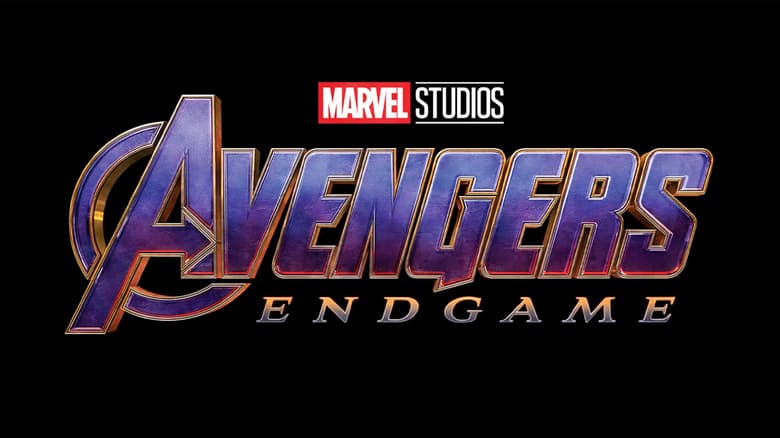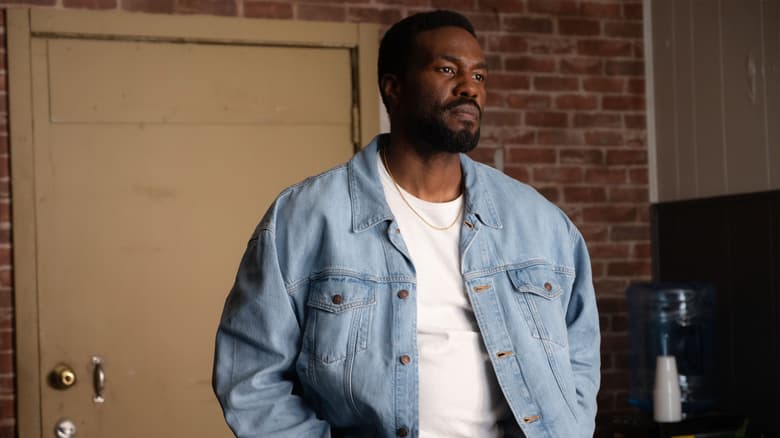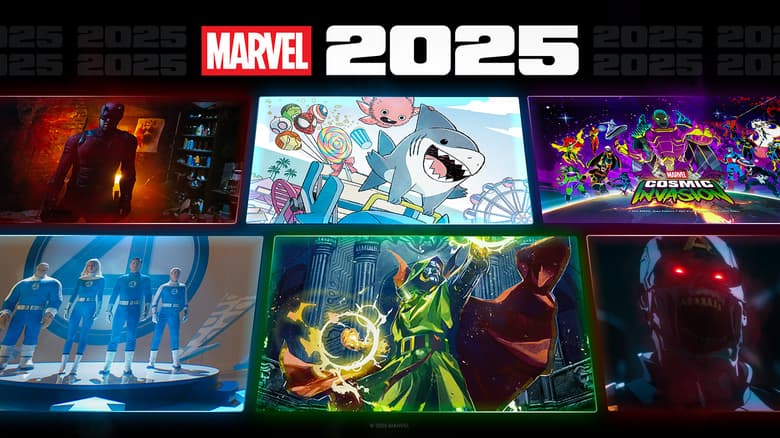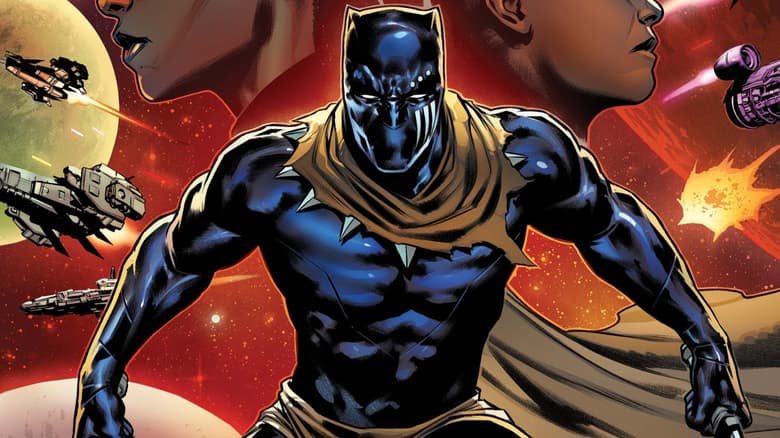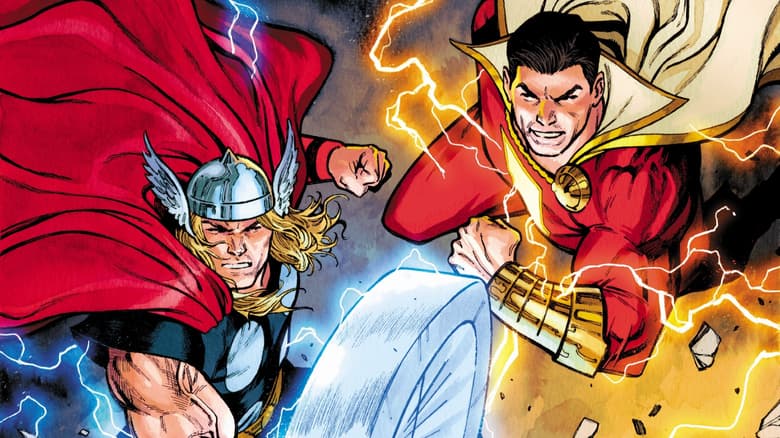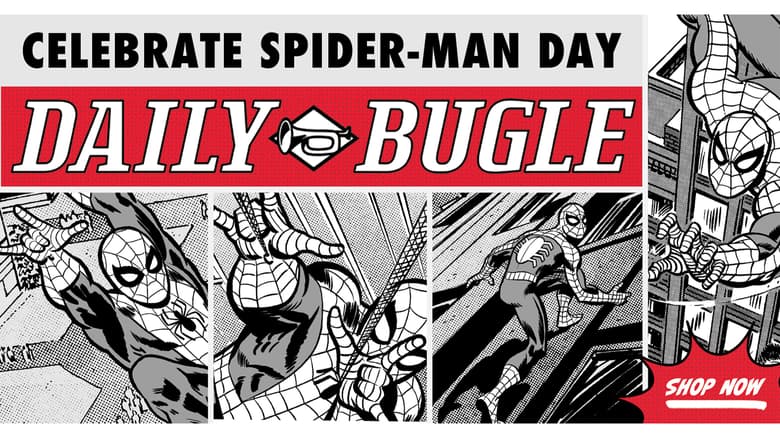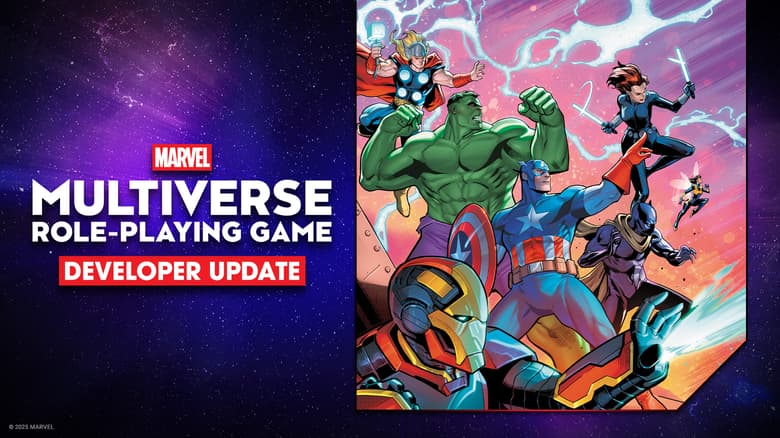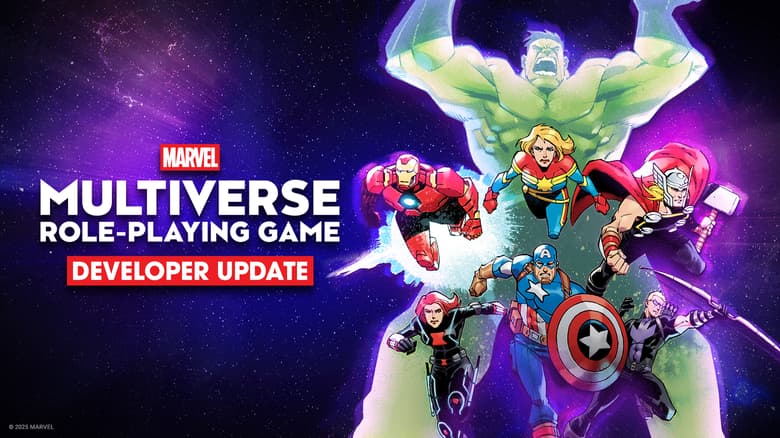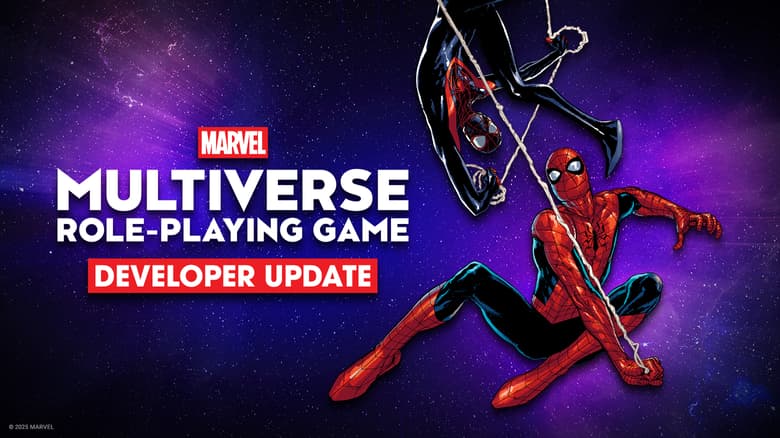The 'Marvel Multiverse Role-Playing Game' Developer Update #3: Behind the Scenes Interview with Matt Forbeck
Get the inside scoop in this interview with the Lead Designer & Writer of the MARVEL MULTIVERSE ROLE-PLAYING GAME

Hello Marvelites! We're back with another DEVELOPER UPDATE, and this time we have none other than Matt Forbeck, Lead Designer & Writer of the Marvel Multiverse Role-Playing Game, joining us for an exclusive interview. Thank you to all the fans who submitted questions for this interview through the submission box at Marvel.com/RPG. We’ll continue to answer any questions that come through in our FAQ section.
To kick things off, we have a message directly from Matt Forbeck: Thanks to all my fellow Marvel fans and gamers out there for all their support over the past couple of years that I’ve been working on this game. Just about everyone I’ve talked with has been wonderfully eager and excited about it, and the amount of help and feedback they’ve given helped forge the initial concepts into a game as sharp as Wolverine’s claws.
What was the process of translating the rich Marvel lore into a tabletop RPG experience like? How did you ensure that the game mechanics and narrative elements captured the essence of the Marvel Multiverse?
MATT FORBECK: I admit, it’s a massive challenge. Marvel has over 80 years of history to cover and tens of thousands of comics. Fortunately, I’ve been reading Marvel comics since I was something like five years old, which led to things like me writing a bunch of books about Marvel over the past couple decades, including two editions of The Marvel Encyclopedia.
On top of that, I wrote for a couple of Marvel video games, and I designed Marvel Heroes Battle Dice. Best of all, I was part of the core design team for the most recent edition of a Marvel tabletop role-playing game, the one that came out back in 2012. So, I had plenty of experience with this kind of thing.
The process mostly boils down to being a fan yourself and then doing your best to deliver the kinds of things you hope other fans will enjoy. Getting to work with wonderful people at Marvel has made that easier, as you really can’t find bigger fans than many of the people in the company.
Marvel has a diverse range of powers and abilities across its characters. How did you approach designing the game mechanics to reflect the unique powers and abilities of heroes and villains in the Marvel Multiverse?
MATT FORBECK: At first we tried to break it down in a pretty fine way, with 25-30 different ranks of characters that covered everyone from Aunt May to Captain Marvel, but it just wound up being too much. We pared that down into only six ranks — general groups of how powerful people are in the Marvel Multiverse — which made everything a lot simpler.
We also added special Rank X designation for characters that are far beyond the power of almost anyone else, like Galactus or Infinity. Those characters don’t get statistics or profiles. They’re more based on narrative structure than regular game mechanics.
Then we tried to group as many powers together as we could to make them manageable. Lots of powers work in the same way but have different special effects, for instance, which happen in the game if you get a particularly good roll — a Fantastic roll, as we call it.
What are the greatest changes derived from the Playtest period?
MATT FORBECK: As I just mentioned, we moved from 25 ranks to six to simplify things. We also got rid of archetypes, which functioned like classes in other games. They wound up making a lot of the characters feel the same, and one of the great strengths of Marvel is how wildly different the various characters can be.
We also changed the way combat works. It used to involve lots of addition and subtraction, often with three-digit numbers, and it took a couple rolls to see if you could hit and damage something. We carved all that down to a single roll that works with single-digit multiplication, and it’s much simpler and faster now.
Marvel Multiverse Role-Playing Game: Cataclysm of Kang introduces an overarching story that can be split up into six individual adventures. How did you ensure that the adventures had a cohesive narrative structure while still allowing for player agency and choice?
MATT FORBECK:That’s always a challenge with any tabletop adventure, but we focused on it. We never want the players to feel like they’re just walking through someone else’s story. We want them all to have a ball creating their own.
So, in addition to giving the Narrator (or game master) an epic plot, tons of maps, and all the character profiles they need for that story, we also give all sorts of suggestions for how the players can take that and make it theirs. That includes ideas for all sorts of side stories, what to do when things go off the rails, and ideas for where to take your adventures when you wrap up each one in the book.
Will there be any equipment or technology creation rules? How should players and Narrators balance making new gadgets?
MATT FORBECK: We have some standard equipment in the Core Rulebook, but we didn’t focus too much on it in there. Most Marvel stories are about super heroics rather than making and using new gadgets, after all.
That doesn’t mean we’re ignoring them though. The Cataclysm of Kang has rules for the new vehicles and weaponry we needed in that adventure, and that should serve as a good example of how to do that with other tech. You should see more of that kind of thing in upcoming books too.
Can you discuss any specific design decisions or mechanics in the Marvel Multiverse RPG that you believe set it apart from other TTRPGs on the market? How do these elements contribute to a unique gameplay experience?
MATT FORBECK:This is a game you can pick up and play even if you’ve never played a tabletop role-playing game before. However, we know that lots of Marvel fans already play these kinds of games, so we wanted the game to be something they would instantly recognize and understand too.
All that said, we have a unique and easy-to-use dice mechanic that’s the core of our d616 System. You roll three regular dice — the kind you could borrow from any mass-market board game — and add them up. One of the dice is marked as a special Marvel die, though, and if you get a 1 on that die, something fantastic happens. This can trigger a special effect, cause extra damage, or do something even wilder.
It’s loads of fun and offers surprises every time you play.
Can you discuss any plans or considerations for future expansions, supplements, or updates that players can look forward to?
MATT FORBECK: Beyond the Core Rulebook, we have The Cataclysm of Kang coming in November. That’s a 256-page epic adventure that features over 60 new profiles in it.
After that, we have the X-Men Expansion that we’re getting ready for early 2024. It’s crammed full of all sorts of details, not just about the X-Men but all the other mutant teams out there. It’ll also have some new rules in it, mostly focusing on teamwork.
We also just announced our Spider-Verse Expansion.
We have plenty more plans for after that, but nothing’s been officially announced yet. Hopefully soon!
For powers that were once classified as an Easy Action in the Playtest Rulebook; Is there a limit to the number of times a player can use them in their turn? Can they use them during another character’s turn?
MATT FORBECK: The limit is whatever the players feel is reasonable. This is the great strength that tabletop games have over video games. The people playing them can decide together how they want little details like that to work without having to legislate every possible instance.
If it seems like something the character could reasonably do during their turn — along with other things like moving and attacking — then go for it.
Will we gain clarification on how Signature Weapon works and what limitations may be placed on it?
MATT FORBECK:We’ll offer more examples of this as time goes by. Mostly, though, that’s between the Narrator and the rest of the players. If it seems like it’s too much, it probably is. If, for instance, it’s more amazing than Captain America’s shield or Mjolnir, maybe it’s too good.
In the Core Rulebook, we have Signature Weapon (a tag) and Iconic Weapon (a power). So, if a character is known for using a certain weapon (Elektra's sais or Hawkeye's bow), it's their Signature Weapon. There's no new mechanical effect, it's just part of their personality. But if their weapon is as unique as the hero (Cap's shield, Thor's hammer, etc) and has its own powers, it's an Iconic Weapon. It's counted as a power.
That said, one of the things we’re looking at including in the X-Men Expansion is a set of rules about characters with narrative powers. These are powers that don’t easily fit into the standard framework but work narratively, like, “I cannot lose.”
There’s a mutant named Isca who has that power, which is wild. How do you deal with something like that in your game? We’ll have rules and guidelines for that.
How will Healing Factor work? How often does a character with Healing Factor heal in combat? Does Healing Factor allow a character to recover from lethal damage?
MATT FORBECK:That power allows you to heal a certain amount of physical damage each turn. If the character with it is dead, though, that power — like everything else about the character — stops working.
What support will the game have for teams vs solo super villains (as opposed to fighting teams of enemies)?
MATT FORBECK: We have some guidelines for Narrators about how to manage that, and it’s based on the rank system. To keep things relatively even, teams going up against a solo villain should be tackling ones of a higher rank than them. Maybe even two or three ranks higher, depending on the size and nature of the team.
A lot of any battle depends on how the Narrator sets it up though. Most of them don’t take place in a wrestling ring, so all sorts of extenuating circumstances come into play.
On top of that, even really tough super villains usually don’t work alone. They have lower-ranked characters helping them out, and that adds wrinkles to things too.
How will Energy Absorption work with the removal of damage subtypes including Energy?
MATT FORBECK:It works much like it did in the Playtest Rulebook, with the exception that we don’t keep track of damage types any more. Most people found that tedious. Instead, if you take Health damage of any kind, you can absorb power from that.
Are there default Melee and Ranged Attacks, or must a Power be required to do either? For example, can my character make a Melee Attack if they don't have Clobber or Smash!? Or can my character make a Ranged Attack if they don't have Energy Beam or Firearms?
MATT FORBECK: You can always just punch someone by making a Melee roll. Similarly, if you want to shoot someone or throw something at them, you can make an Agility roll. No powers required.
That’s all for Developer Update #3. Thank you again for the submissions, and we look forward to seeing your questions and thoughts after the game releases on August 2nd. We’ll keep releasing updates through and post launch, so be on the look out for Developer Update #4.
Have a specific question you want to see answered in future updates? Head to marvel.com/rpg and use the submission box at the bottom of the page to submit your questions.
The Marvel Multiverse Role-Playing Game: Core Rulebook is releasing August 2nd, 2023, and is currently available for pre-order wherever books are sold.
The Daily Bugle
Can’t-miss news and updates from across the Marvel Universe!
